How has your nonprofit changed in 2020? It has likely changed in a number of ways, as the COVID-19 pandemic has altered practices for organizations across industries. The ongoing health concerns continue to impact both for-profit and nonprofit organizations.
With the uncertainty of COVID-19, people have hesitated to participate in volunteer activities because of potential health risks. At the beginning of the pandemic, nonprofits slowed or stopped onboarding new volunteers. Now that the economy is opening back up, many organizations are in dire need of support.
As you’re designing the “new normal” for your organization, the key is to figure out how you can move forward with activities safely. Not only do you need to implement volunteer screening, but it’s also important to take time to educate board members and volunteers on social distancing and health practices.
Why volunteer screening is essential
Regardless of your screening practices before the pandemic, the COVID-19 crisis means that it’s more important than ever to implement volunteer screening. This gives people the peace of mind that they can serve the community while also protecting their personal health.
Volunteer screening is essential because it creates a safer community for everyone involved. Remember that volunteers represent your organization to the public. Every interaction — whether in person or over the phone — will impact your branding. Since these volunteers are the face of your organization, you need to be sure you’re working with people who are trustworthy and honest. Identity verification adds an important layer of security that every nonprofit needs.
Building a reliable group of volunteers is the first step. At the same time, COVID-19 means that you need to be proactive with ongoing screenings to minimize health concerns for everyone on your team.
What to look for when screening a volunteer
What do you need to include in your volunteer screening? Here are a few tips to gather the necessary information from each volunteer:
- Availability. Ask questions about the volunteer’s availability. Some people might only be comfortable with at-home volunteer work through phone calls or video and email communication. Identify virtual opportunities for volunteers at high risk for COVID-19 complications.
- Experience. Does the person have specific skills or experience they can offer the organization? Gather information about these unique contributions to determine the best placement within the team.
- Background. Running a background check is standard practice, especially when the volunteers interact with other people. During the onboarding process, gather the necessary information for the background check.
- Cost. Consider the potential financial impact of not screening your volunteers. If fraud or theft occurs, then you could face a costly investigation and legal fees in the future. These issues are easy to avoid with the right screening practices before a volunteer joins the team.
These initial screening practices help you determine whether the person is a good fit for an open volunteer position. Once your organization finds the right people, your volunteer screening should continue in the form of regular health screenings to mitigate health risks to the team.
COVID-19 volunteer screening practices
A daily screening questionnaire is essential when volunteers are interacting through in-person activities. Here are some of the questions you might ask on the health screening form:
- Are you currently experiencing any of these symptoms? Check all that apply:
- Cough
- Fever
- Shortness of breath
- Fatigue
- Headaches
- Loss of smell or taste
- Congestion
- Sore throat
- Diarrhea
- Nausea
- Muscle pains
- Do any members of your household have any of the symptoms listed above?
- In the past two weeks, have you been in contact with anyone diagnosed with COVID-19?
- In the past two weeks, have you traveled to a high-risk area?
- Are you currently waiting for COVID-19 test results?
- Are any members of your household waiting for COVID-19 test results?
These questions help determine whether it’s safe for the volunteer to participate in your organization’s activities. If health concerns arise in the screening, it’s best to assign the person at-home duties until those concerns are resolved.
Gathering information from volunteers
Digital tools are invaluable for gathering information from current and potential volunteers. Jotform makes it easy to complete volunteer screening using premade templates and forms. Automate the information gathering process using these forms:
- COVID-19 volunteer application form
- Volunteer signup form
- Volunteer authorization and consent form
- Volunteer release and waiver of liability form
- COVID-19 liability waiver form
- COVID-19 questionnaire form
- Free background check authorization form
These forms are simple to use and offer full customization to match the needs of your organization. For example, you can include a form on your nonprofit website and provide the URL to each volunteer.
Safe engagement during COVID-19
Your organization is responsible for doing its part to keep vulnerable populations safe. This process starts with conducting onboarding screening as well as taking precautionary measures to minimize the risk of spreading the virus among your team. A few proactive steps can go a long way in protecting your volunteers and the community.
Just because we’re navigating a pandemic doesn’t mean that you need to set aside your goals. Your nonprofit must stay true to its mission and continue moving the work forward through the help of volunteers. More than ever, we need support in the community. These efforts can have an impact on society, helping to make the world a better place despite our current challenges.

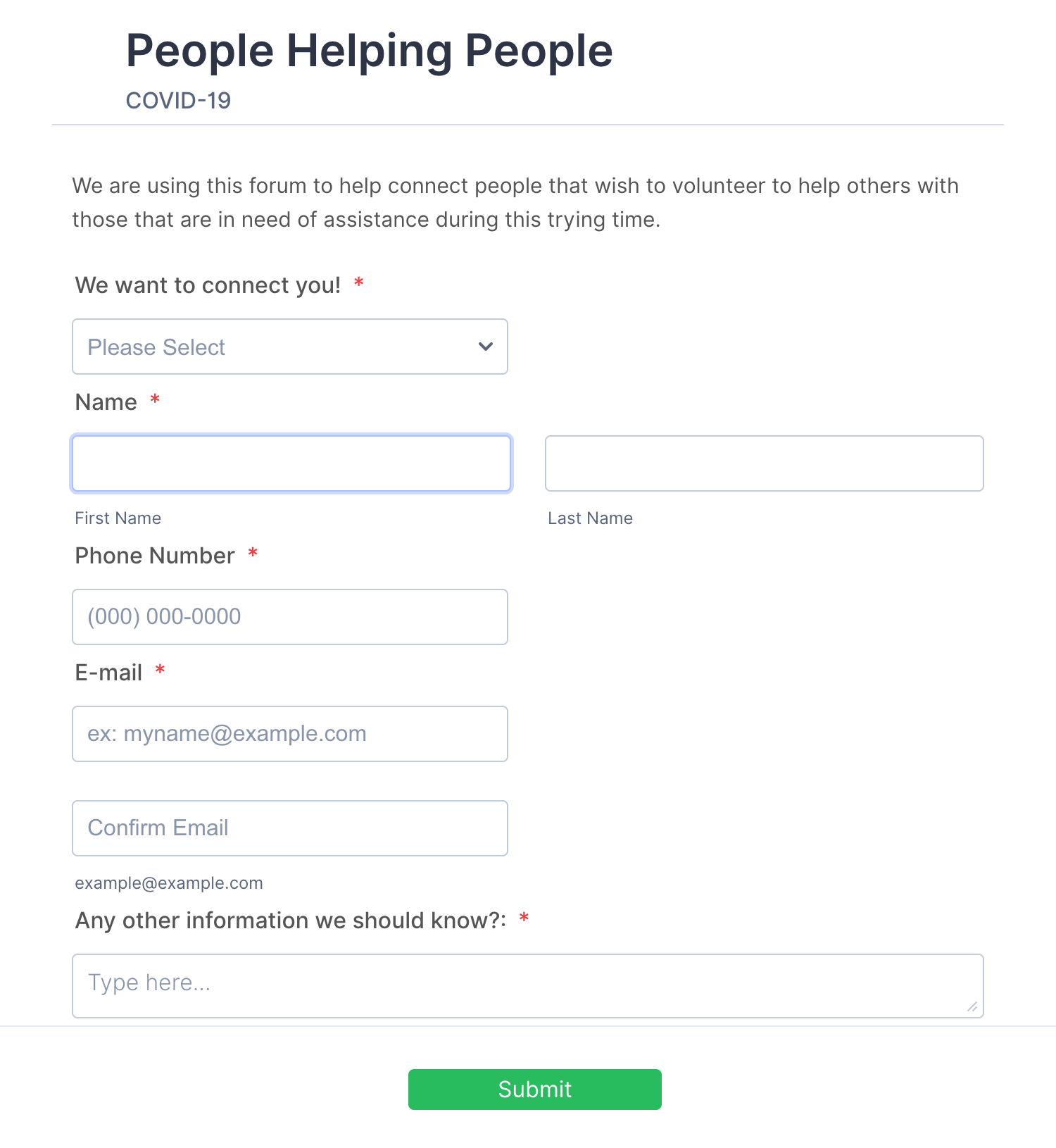
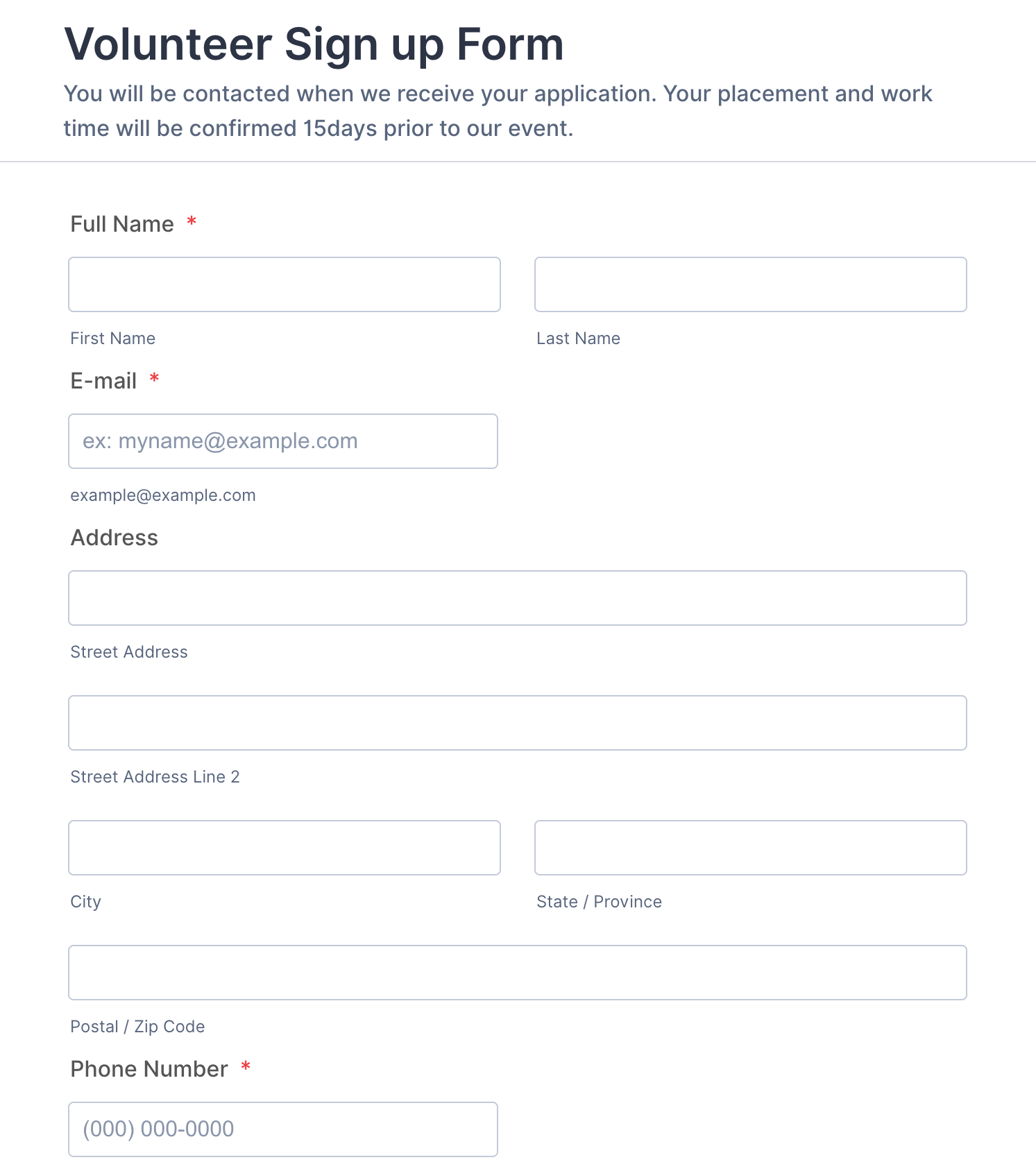
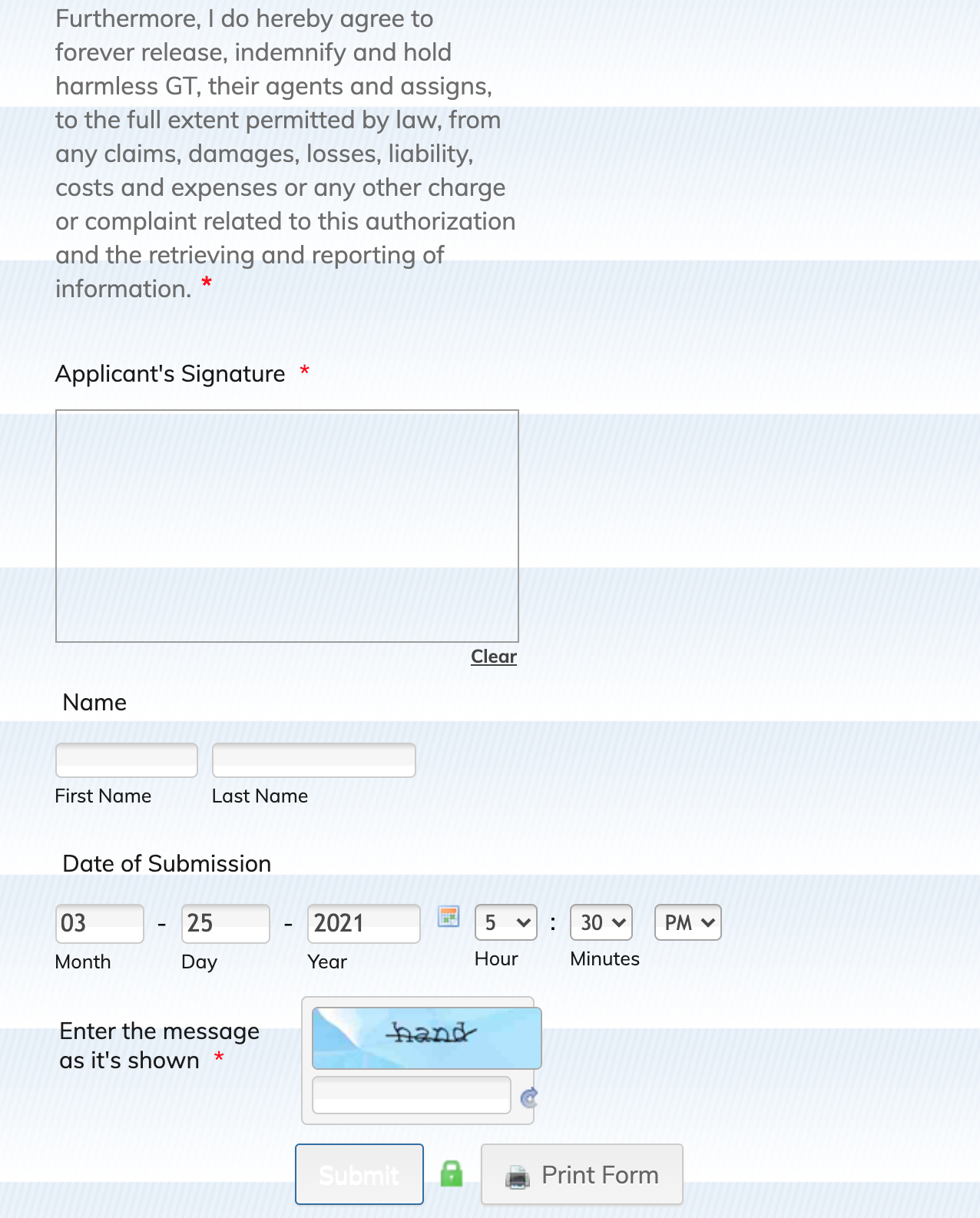
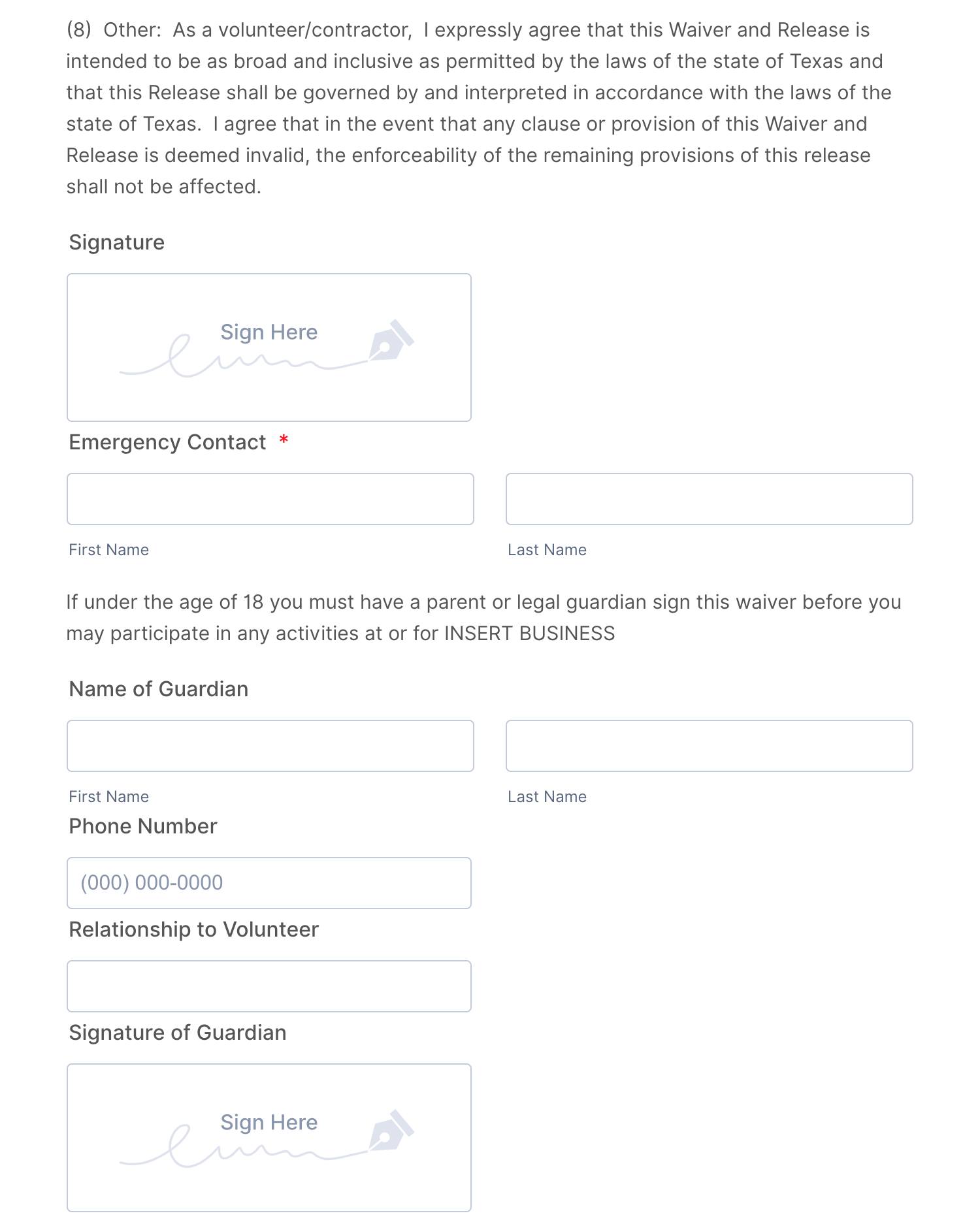





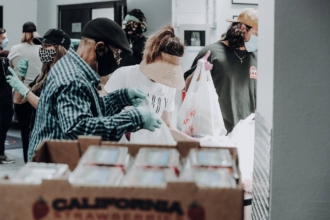

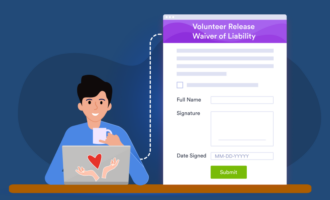
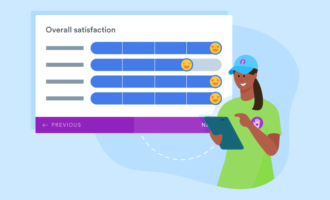

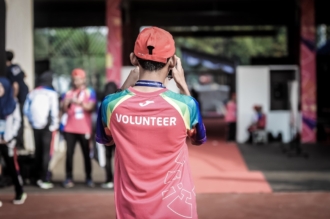







Send Comment: